- Home
- Articles
- Architectural Portfolio
- Architectral Presentation
- Inspirational Stories
- Architecture News
- Visualization
- BIM Industry
- Facade Design
- Parametric Design
- Career
- Landscape Architecture
- Construction
- Artificial Intelligence
- Sketching
- Design Softwares
- Diagrams
- Writing
- Architectural Tips
- Sustainability
- Courses
- Concept
- Technology
- History & Heritage
- Future of Architecture
- Guides & How-To
- Art & Culture
- Projects
- Interior Design
- Competitions
- Jobs
- Store
- Tools
- More
- Home
- Articles
- Architectural Portfolio
- Architectral Presentation
- Inspirational Stories
- Architecture News
- Visualization
- BIM Industry
- Facade Design
- Parametric Design
- Career
- Landscape Architecture
- Construction
- Artificial Intelligence
- Sketching
- Design Softwares
- Diagrams
- Writing
- Architectural Tips
- Sustainability
- Courses
- Concept
- Technology
- History & Heritage
- Future of Architecture
- Guides & How-To
- Art & Culture
- Projects
- Interior Design
- Competitions
- Jobs
- Store
- Tools
- More
How To Ensure Your Garden Design Is Eco-Friendly

Making your garden eco-friendly doesn’t have to mean huge measures like using only drought-resistant plants or using only hardscapes made from recycled materials.
In fact, whatever your garden looks like, there are many ways to make it more eco-friendly and better support the environment.
A lot of times, these ways also coincide with lesser maintenance and lower costs, so not only will you be doing your part for the environment, but saving yourself a ton of time, effort, and money.
Table of Contents
Toggle1. Install An Irrigation System
Irrigation systems can significantly reduce water wastage, thereby conserving water and reducing your carbon footprint. An irrigation system can be easily installed by landscaping professionals, but can also be done on your own, especially for less complicated systems.
There are various types of irrigation systems, with more advanced ones being able to take into account rainfall and adjust the amount of water they provide accordingly.
Irrigation systems can also deliver water straight to the roots, so most of the water provided will reach the roots, minimizing any loss in the soil.
On top of that, an irrigation system can deliver the exact amount of water each time–something no human can do. That alone is already enough to greatly improve water efficiency.

Furthermore, an irrigation system won’t ever forget to water your plants. Manual watering can be irregular, and on days when you forget, your plants, just like you, can become ill from thirst. As such, irrigation systems also enhance plant health.
2. Use Native Plants
Native plants are plants that thrive naturally and be found in your local environment.
These plants are well adapted to local conditions and so are naturally able to resist diseases and pests, and basically survive without any intervention.
This means less pesticides, less fertilizer, and less watering since they have adapted to survive on rainfall alone.
Similar to irrigation systems, this also means less maintenance and lower costs for you.
3. Harvest Rainwater
In theory, if you can collect enough rainwater to water your plants, that would mean you’re spending nothing on water bills, and your carbon footprint in terms of water usage would be essentially zero.
Even if you don’t have a big enough container or tank to store that much water though, even just a bit will still be contributing towards reducing your carbon footprint.
If your irrigation system already adjusts automatically to rain, then further supplying it with what little rainwater it needs is another way to make your carbon footprint zero.
4. Make Your Own Compost
Instead of buying compost, which has carbon emissions from the production and delivery, why not make your own and save money while you’re at it too?
Making compost is as simple as having a bin and putting green materials such as vegetables and grass, and brown materials like leaves, twigs, and cardboard in.
So not only are you making good use of your trash, but you’re actually reducing your carbon footprint even more by eliminating the carbon footprint associated with transporting the trash.
Compost also reduces the need for fertilizer, further reducing your carbon footprint even more.
5. Use Eco-Friendly Materials
While I did say that making your garden eco-friendly doesn’t have to mean strictly using hardscapes, prioritizing eco-friendly materials is an inherent part of eco-friendliness.
At some point, assuming everything else in your landscape has been optimized to the fullest for environmental friendliness, the only way you could continue to do even more for the environment is by using features made with eco-friendly materials.
Unlike most other features that continue to contribute to environmental friendliness after they’re implemented, the use of features with recycled materials will mean you’re already contributing to protecting the environment the moment you purchase those features.
Often, these recycled materials can also be recycled again. In other words, not only did you already cut down on the carbon footprint associated with a non-recycled material feature when you bought it, but when you dispose of it after you’re done or change to a new one, you’re also cutting down on the carbon footprint associated with disposing of the current one.
This is especially important if you have lots of non-softscapes in your yard, as the effect will be compounded for each feature.
6. Make It Wildlife-Friendly
A lot of times, the first thing people think of when it comes to environmental friendliness is global warming. However, the animals around you are also a part of the environment, and while supporting your local ecosystem may not do much for the ozone layer, you are still doing your part for the environment.
There are many ways to support your local wildlife. Essentially, you want to provide food, water, shelter, and not harm them with chemicals.
For food, you can either grow plants that act as food sources for the insects or provide food directly using devices like bird feeders.

For water, water sources will do, though a birdbath can be a nice decorative feature.
And for shelter, we’re looking at birdhouses, bat boxes, and so on.
Remember, while climate change is a pressing issue, once you’ve got that down in your garden, you can do even more for Mother Earth by helping support your local ecosystem.
Final Tips
If you’re hiring a landscaper, make sure to check beforehand with them whether they provide eco-friendly materials and hardscapes.
Not all landscaping companies will have them, and not all companies prioritize eco-friendly practices like utilizing drought-resistant plants.
As such, make sure to check with them beforehand. Otherwise, you may end up paying for their services only to find out they don’t have what you want.
Companies that perform eco-friendly landscaping can often also recommend landscaping styles like xeriscaping and even recommend more ways to make your outdoor space even more eco-friendly.
And finally, of course, don’t forget the basics. Recycle any waste from your garden where you can, categorize your waste properly, and use reusable items rather than one-off items.
illustrarch is your daily dose of architecture. Leading community designed for all lovers of illustration and #drawing.
Submit your architectural projects
Follow these steps for submission your project. Submission FormLatest Posts
Top Tips for a Healthy and Beautiful Backyard
A thriving backyard creates space for relaxation, gatherings, and moments of quiet...
Transform Your Garden with Artificial Turf Austin Solutions
Transforming your garden with artificial turf can be a game-changer, especially if...
What You Really Need to Create a Beautiful Yard
A beautiful yard is more than just an outdoor space, it’s a...
How to Choose the Right LED Grow Light for Your Indoor Garden
For indoor growers, it can be the difference between healthy, vibrant plants...




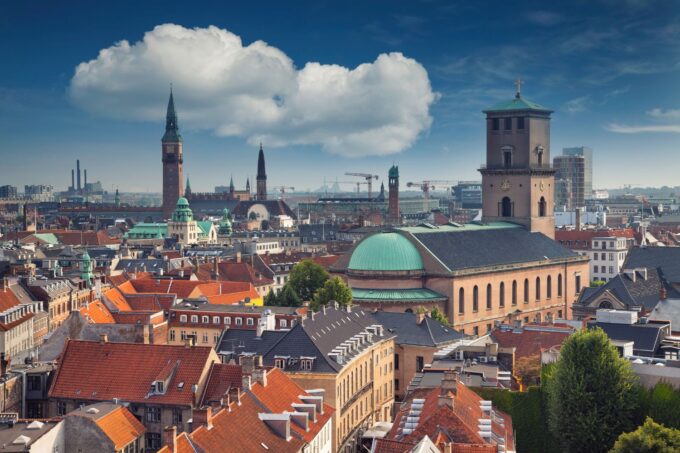


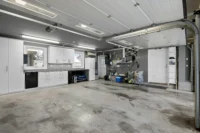
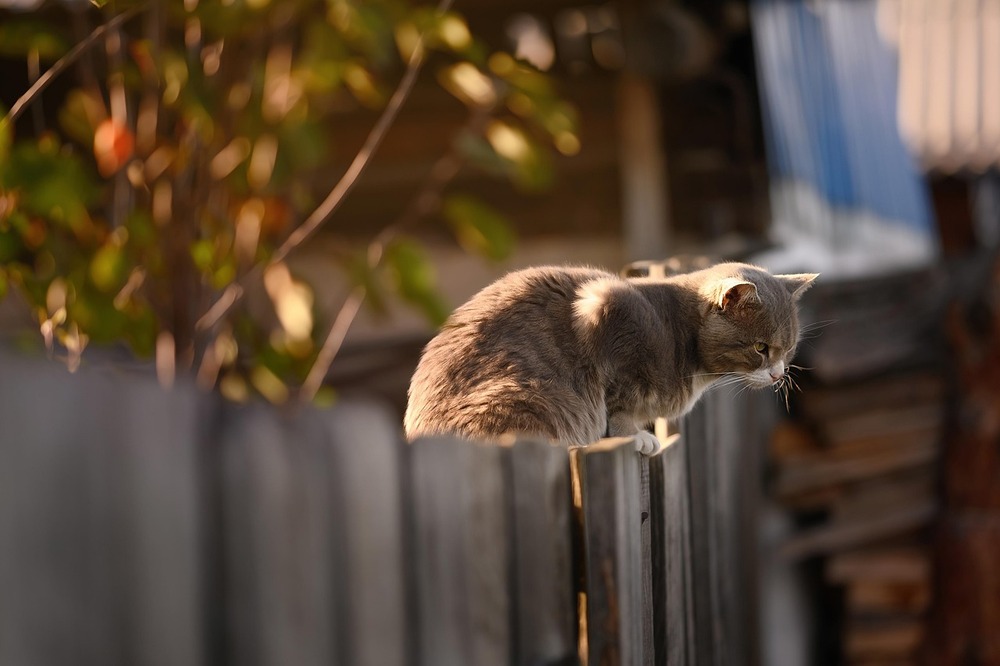
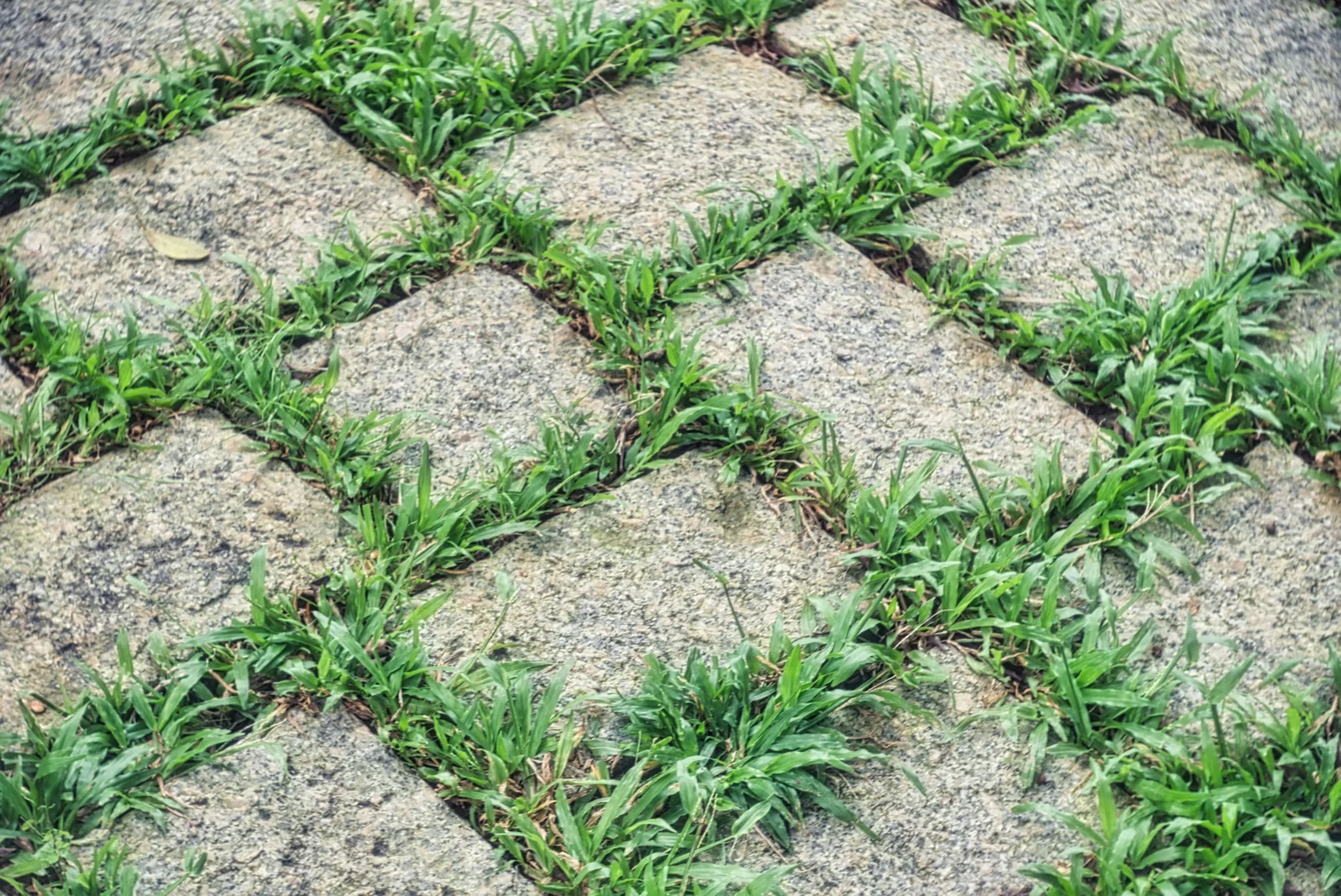
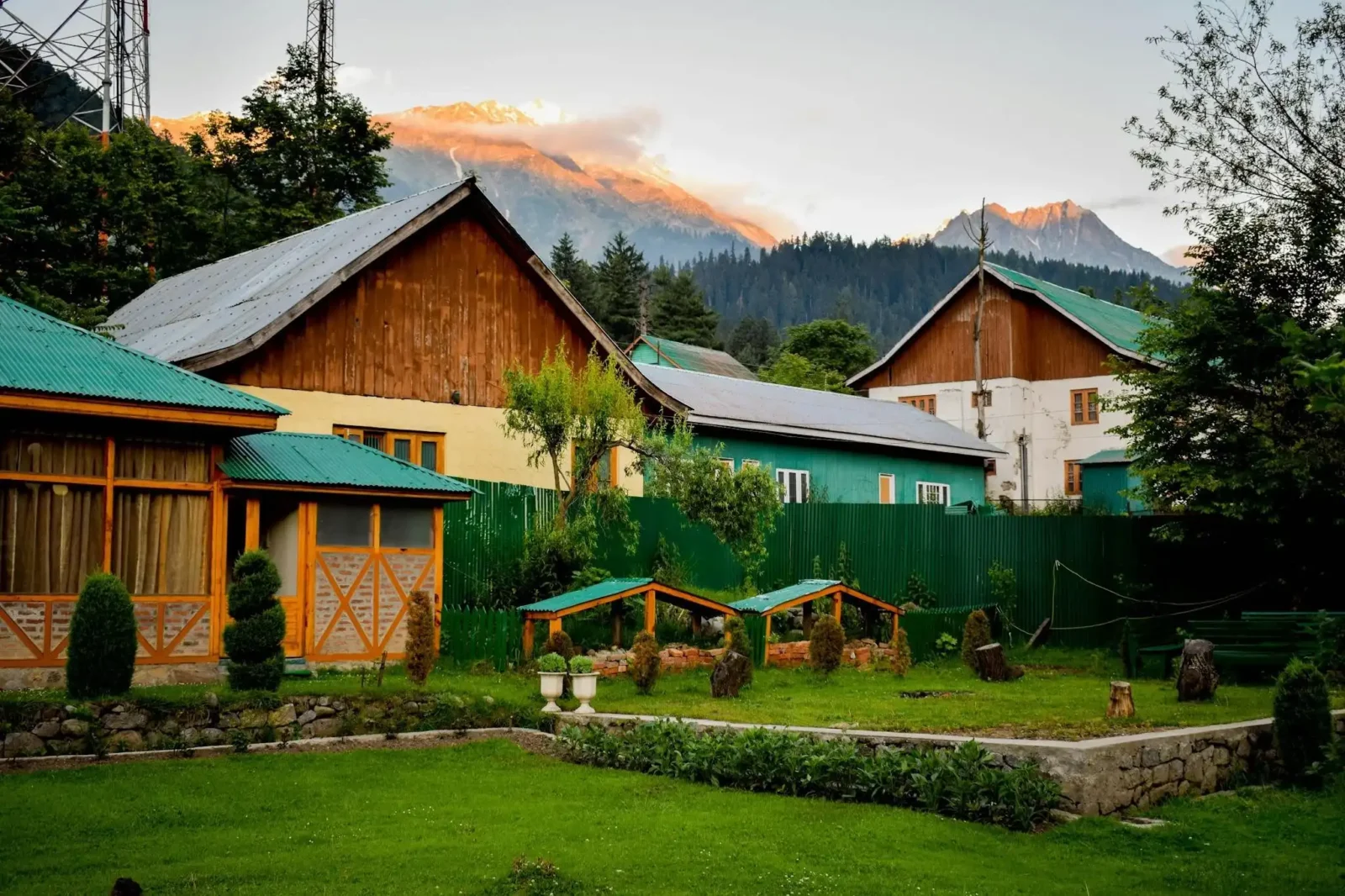

Leave a comment